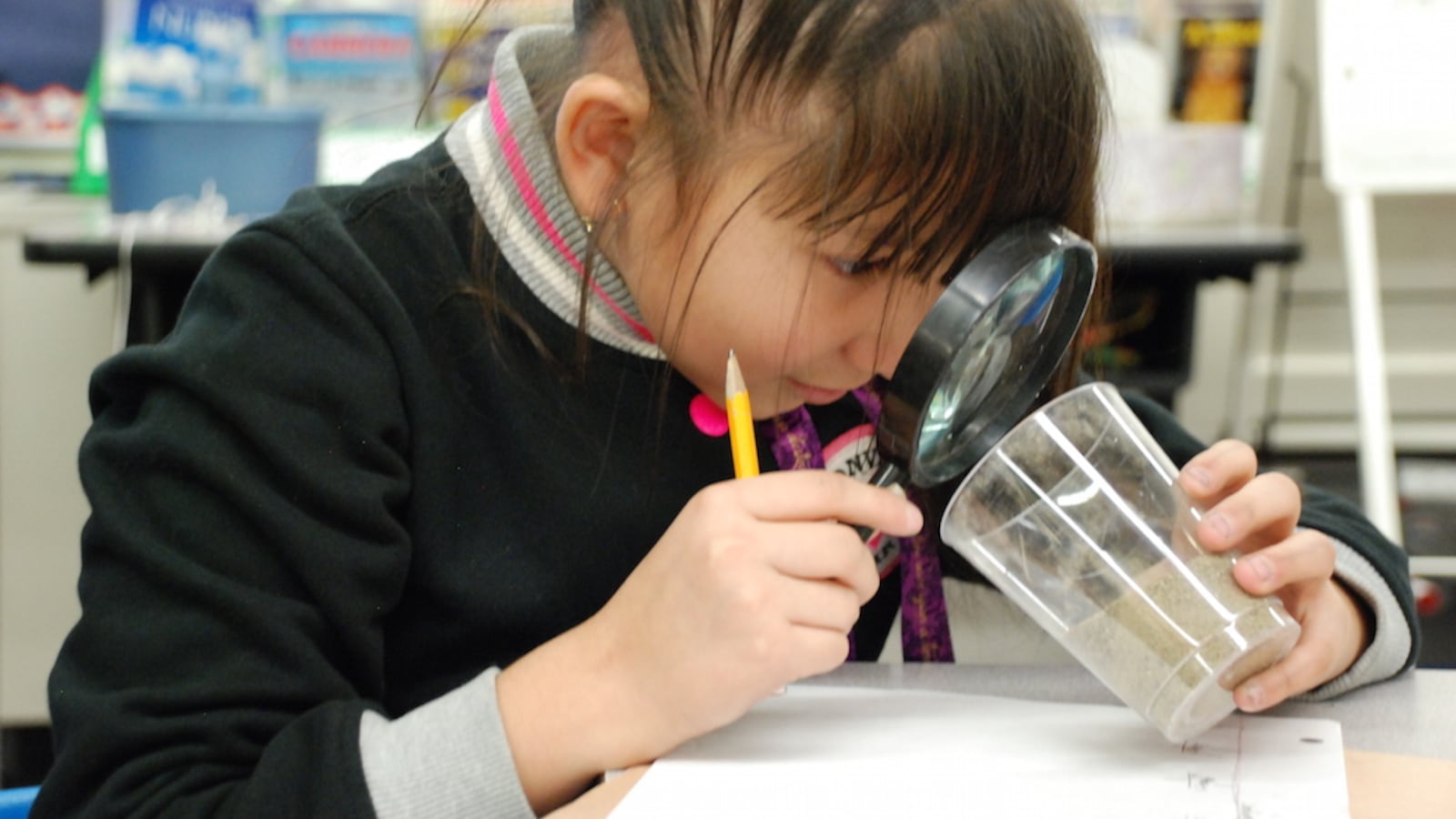A coalition of Jefferson County community members, nonprofit organizations and county agencies wants teachers at four schools bordering Denver border that serve mostly poor and Latino students to teach more and worry less about the challenges of poverty.
The coalition, led by the nonprofit Edgewater Collective, is releasing a report Thursday night that identifies six goals it wants families, community members and business leaders to work toward together.
The report is both grim and aspirational.
The four schools in the 80214 ZIP code that the collective is working with — Edgewater Elementary, Lumberg Elementary, Molholm Elementary and Jefferson Junior-Senior High School — dramatically underperform compared with schools in more affluent parts of the county.
Last year, the Jefferson County school board approved a shuffle of school programs and a series of reforms to boost student achievement.
Newton hopes his organization’s work can support what is already happening in classrooms. The report calls for more parental involvement at schools, using existing county services to support families instead of relying on school resources and more afterschool programs.
“We hope this can be a common good effort,” said Joel Newton, executive director of the collective.
That effort includes goals that all students are ready for kindergarten, all third graders are reading at grade-level and that all high school graduates are ready for college or career.
“We want to show these interventions really help third grade reading and late-elementary math scores,” Newton said.
The coalition, which calls itself the The Jefferson Success Pathway, is following a well-established but reinvigorated effort to link established community resources to schools that serve at-risk students.
Known as the community school model, organizations partner with a school or small group of schools to provide funding and volunteers for afterschool programs, family services, mental health resources and parent enrichment programs.
“It’s almost a common sense thing, but it takes leadership across these different organizations to say, ‘We’re going to collaborate and use our resources toward a common set of results,’” said Reuben Jacobson, deputy director of the Coalition for Community Schools.
The modern community school movement, Jacobson said, traces its roots to the late 1880s.
Throughout the 20th century, federal and state tax dollars paid for most of the social support services offered at schools such as nurses and social workers.
But due to a number of factors, public schools have had to cobble together those networks of supports since the mid-1970s, said Lisa Villarreal, a program officer at the San Francisco Foundation.
More recently, community schools have popped up in Chicago, Baltimore and Lincoln, Neb. Perhaps the most famous community school network is the Harlem Children’s Zone in New York City.
“Community schools really begin to level the playing field and create the conditions for learning that are essential for kids to thrive in school,” Villarreal said.
The Jefferson Success Pathway will release an update on student achievement in May, Newton said.

